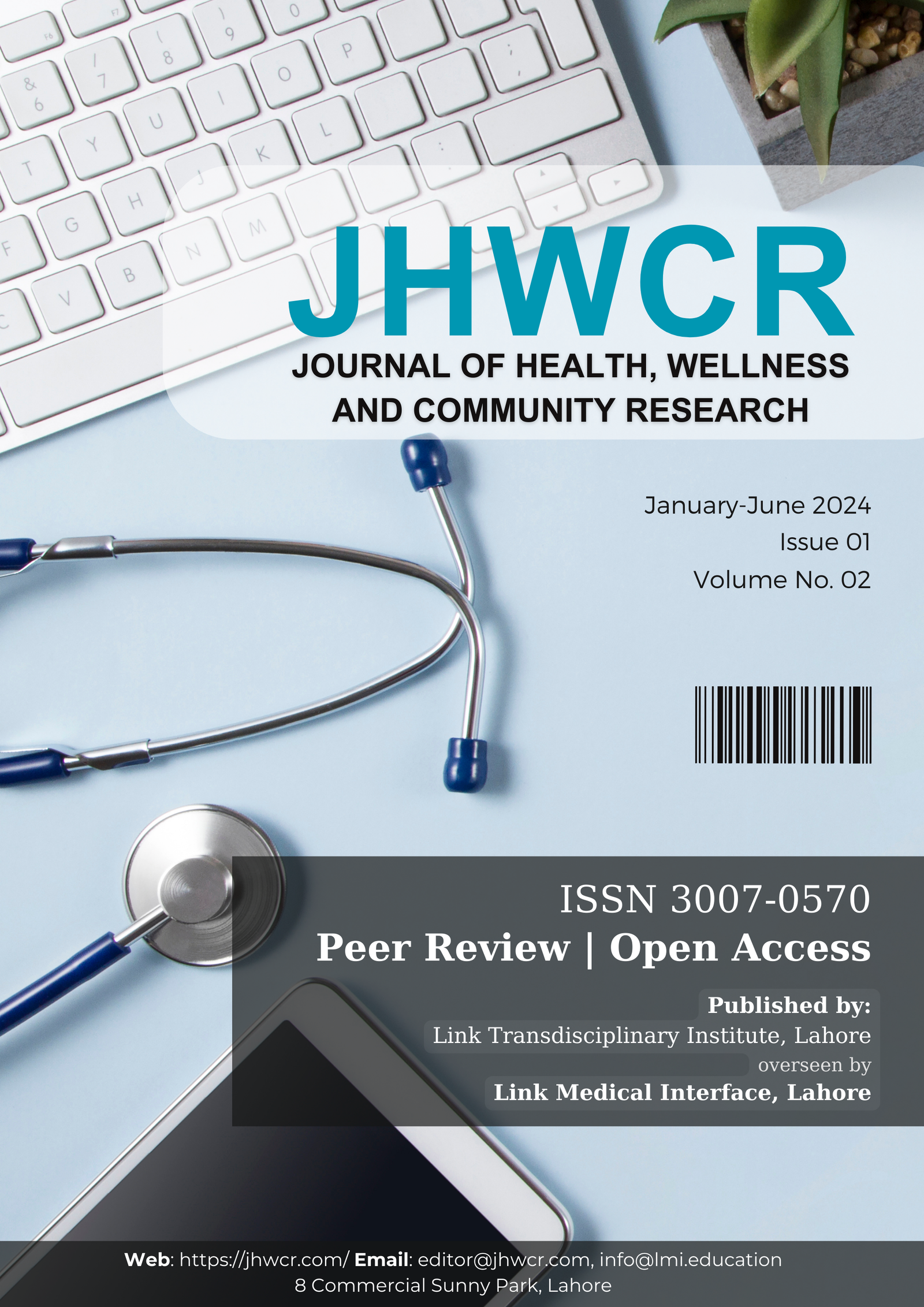Diagnostic Accuracy of MRI in Cryptorchidism Keeping Laparoscopy as Gold Standard
DOI:
https://doi.org/10.61919/pwt36068Keywords:
Cryptorchidism, Undescended Testes, Diffusion-Weighted MRI, Laparoscopy, Diagnostic Accuracy, Pediatric Urology, Sensitivity and SpecificityAbstract
Background: Cryptorchidism is a common congenital disorder in male children that, if left untreated, poses significant risks of infertility and malignancy. While laparoscopy remains the gold standard for diagnosis, there is a knowledge gap regarding the diagnostic accuracy of diffusion-weighted magnetic resonance imaging (DW-MRI) as a non-invasive alternative in pediatric populations. Objective: This study aimed to evaluate the diagnostic accuracy of DW-MRI in detecting undescended testes among pediatric patients, using laparoscopy as the gold standard and assessing sensitivity, specificity, predictive values, and agreement between modalities. Methods: This descriptive cross-sectional study included 292 male children with non-palpable testes, recruited consecutively at a tertiary care hospital. Patients with prior scrotal or inguinal surgery were excluded. All participants underwent DW-MRI followed by laparoscopic confirmation. Primary outcomes were sensitivity, specificity, positive predictive value, negative predictive value, and agreement (kappa statistic) between DW-MRI and laparoscopy. Ethical approval was obtained, and all procedures adhered to the Declaration of Helsinki. Data were analyzed using SPSS version 22.0 with significance set at p < 0.05. Results: DW-MRI showed high sensitivity (92.0%) and negative predictive value (94.3%), with moderate specificity (70.0%) and positive predictive value (61.3%). Kappa statistics indicated moderate agreement (κ = 0.432) with the gold standard. The difference in detection rates between modalities was statistically significant (p < 0.001), supporting DW-MRI as a reliable tool for ruling out undescended testes. Conclusion: DW-MRI offers a highly sensitive, non-invasive approach for excluding cryptorchidism in pediatric patients, although positive findings require surgical confirmation. Incorporating DW-MRI can improve diagnostic pathways, reduce unnecessary surgeries, and enhance pediatric urological care.
Downloads
Published
Issue
Section
License
Copyright (c) 2025 Fatima Nasir, Naila Tamkeen, Hafiza Ayesha Jawaid, Mahnoor Amin, Kiran Hayat, Bushra Khan (Author)

This work is licensed under a Creative Commons Attribution 4.0 International License.


